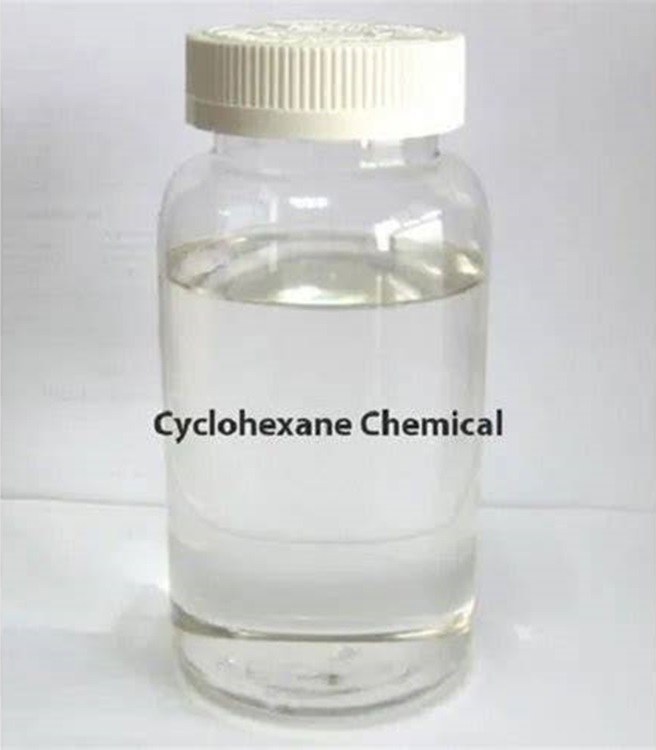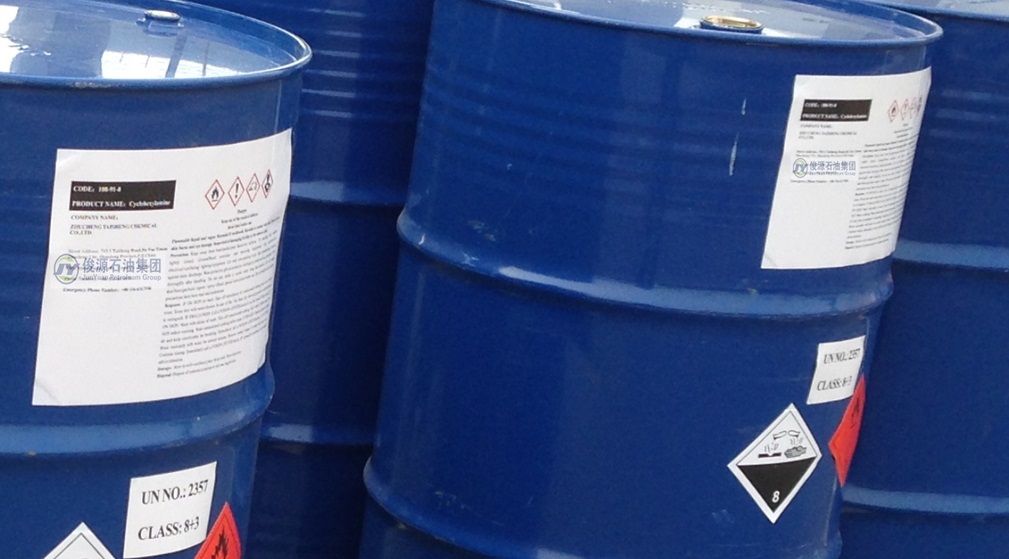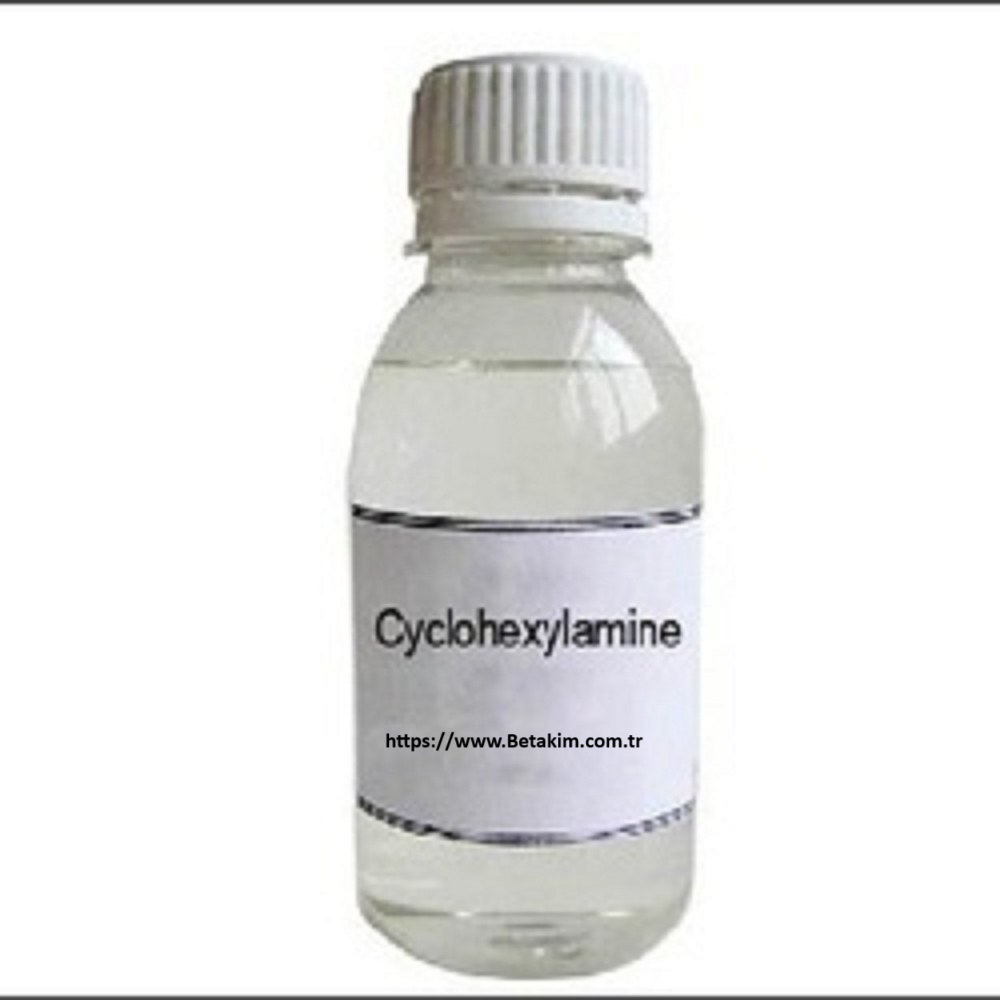We unleash your business potential by maximize the business innovation.
Send EmailCyclohexanamine, Cyclo Hexan Amine, Amino Cyclo Hexane, Hexahydro Aniline, Hexahydro Benzenamine, CAS 108-91-8
🌟 Cyclohexylamine (CAS 108-91-8)
A) Physical and Chemical Properties
-
Chemical Formula: C₆H₁₃N
-
Molar Mass: 99.17 g/mol
-
Appearance: Clear to yellowish liquid
-
Odor: Strong, fishy amine-like
-
Boiling Point: ~134.5 °C
-
Melting Point: −17.7 °C
-
Density: ~0.865 g/cm³
-
Solubility: Miscible with water, ethanol, acetone, ethers
-
pKa: ~10.64 (weak base)
B) Applications
-
Rubber Industry: Precursor to sulfenamide accelerators for vulcanization
-
Corrosion Inhibition: Used in boiler systems and metal protection
-
Pharmaceuticals: Intermediate for drug synthesis
-
Sweetener Production: Key raw material for cyclamate synthesis
-
Agrochemicals: Intermediate in pesticide formulations
-
Solvent Systems: Used in specialty solvent blends
C) Production Method
-
Hydrogenation of Aniline: $$ \text{C}_6\text{H}_5\text{NH}_2 + 3\text{H}_2 → \text{C}6\text{H}{11}\text{NH}_2 $$ Catalyzed by nickel or cobalt-based systems
-
Alkylation of Ammonia: Using cyclohexanol under high pressure and temperature
D) Reactions
-
Acid-base: Forms salts with strong acids (e.g., HCl → cyclohexylamine hydrochloride)
-
Amide formation: Reacts with acid chlorides to form cyclohexylamides
-
N-alkylation: Can be further functionalized for specialty amines
E) Alternatives
-
Diethylamine, Isopropylamine – for similar base strength
-
Morpholine – for corrosion inhibition
-
Aniline – aromatic analog with different reactivity
F) Synonyms
-
Cyclohexanamine, Aminocyclohexane, Hexahydroaniline
-
Hexahydrobenzenamine, C₆H₁₃N
G) Common Names
-
“Rubber accelerator base”
-
“Cyclamate precursor”
-
“Boiler amine” (in corrosion contexts)
H) Usage Ratios
-
Rubber: ~0.5–2% in accelerator systems
-
Corrosion inhibition: ppm levels depending on system volume
-
Cyclamate synthesis: Stoichiometric with sulfamic acid


